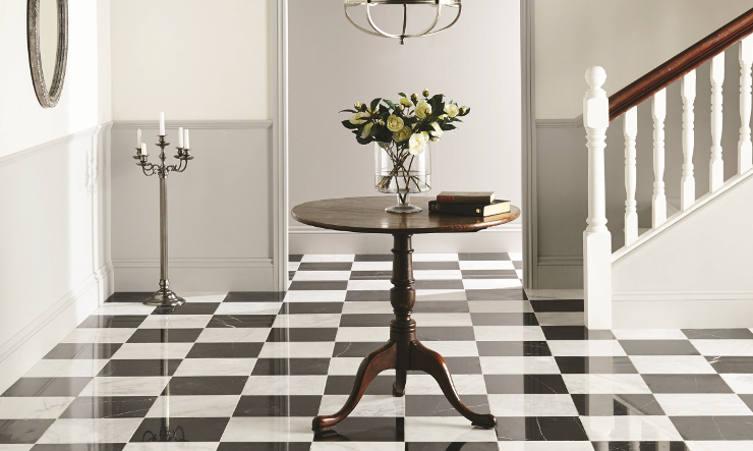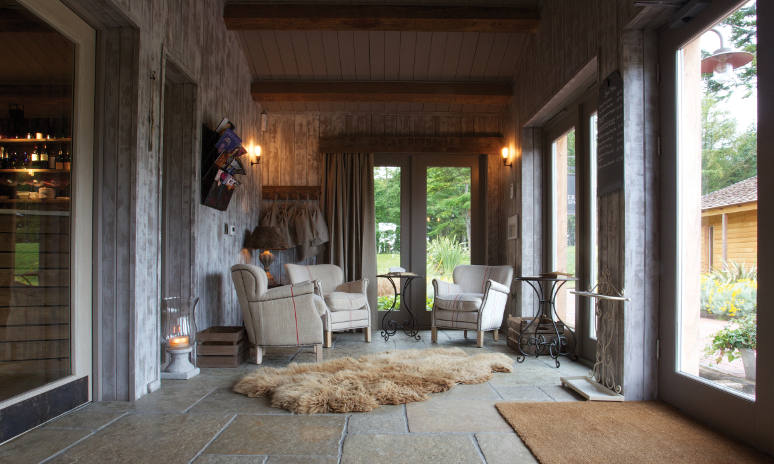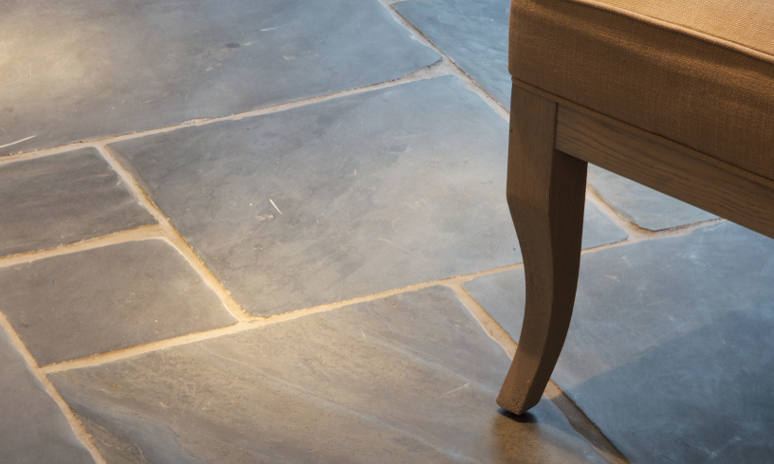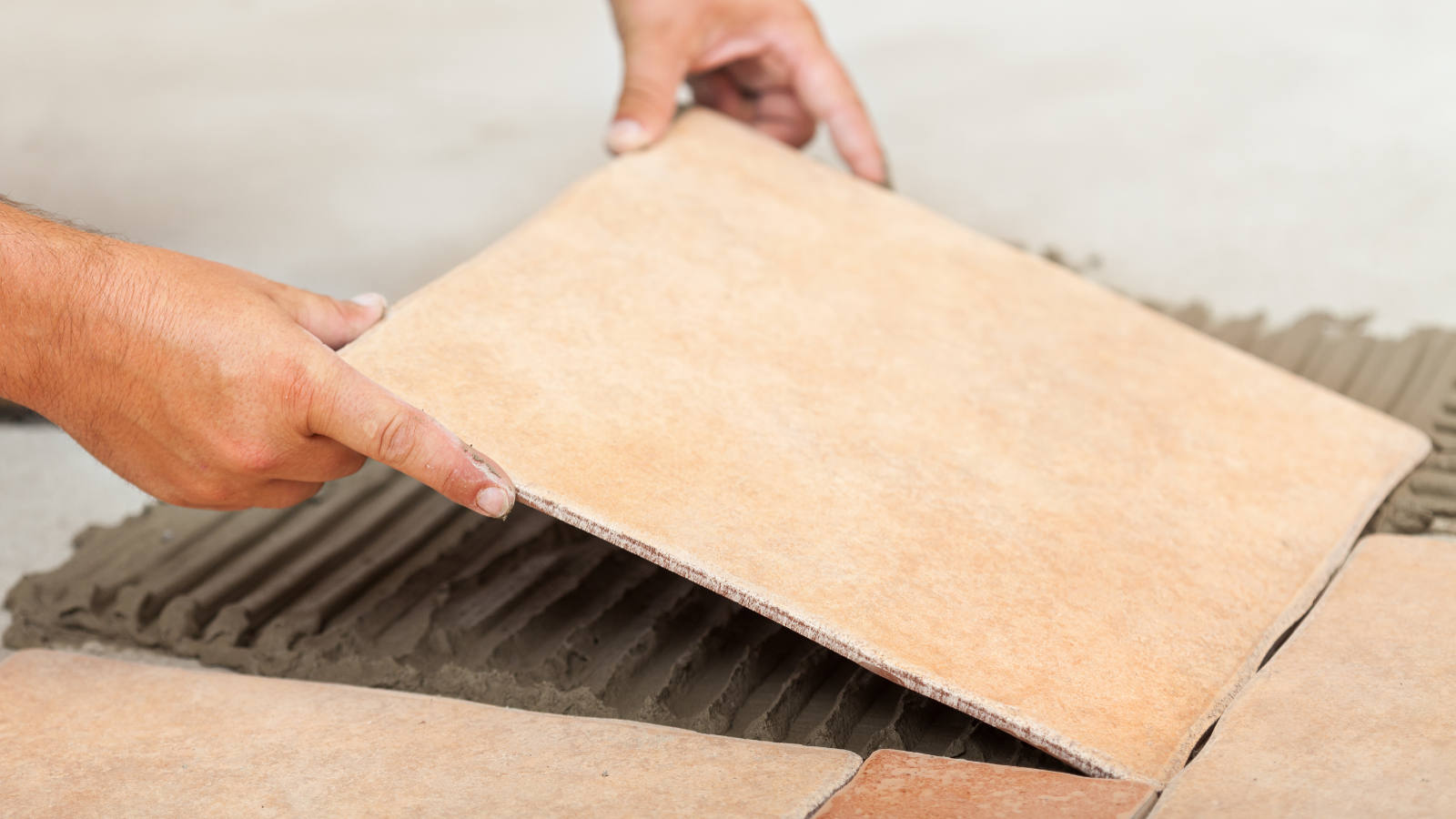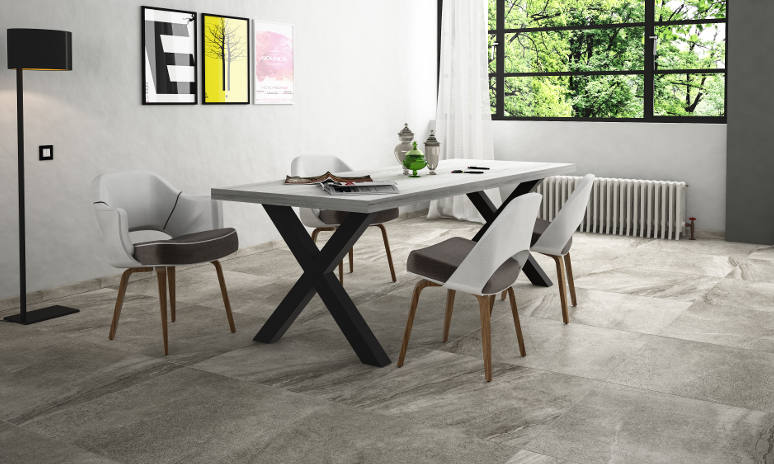If you’ve recently installed a new patio in time for the summer, you might have to soon put up with weeds attempting to surface through the small gaps often created between stone tiling. In fact, weeds are actually a year-round issue that can gradually get worse if you don’t deal with them.
If you don’t fancy the idea of taking up your natural stone tiling again to cope with the problem, here are a few tips for using standard weed killers to get the maximum effect!
Timing
The best time to apply any weed killing solution that you purchase is in the spring, which is when the vast majority of weeds are already at the largest and there are little to no seeds on the surface. If you’re in the middle of summer already, you can still apply weed killing solutions to get rid of weeds, but it may not prevent them from coming back.
Weather
Rain is great for helping plants grow and weeds rely on them as much as any other species. However, rain is also capable of washing away any weed killing solution you’ve applied within a few hours, so choose a dry, warm day to use weed killers.
Leave Them Alone!
Weed killers attack the top half of growth, so digging around might actually stop the process from working effectively. Whilst you might feel like tearing weeds out of the ground every time they appear, it’s much better to let weed killers do their thing.
Follow these guidelines and you’re certain to have weed-free natural stone patio ready for the summer in no time!
